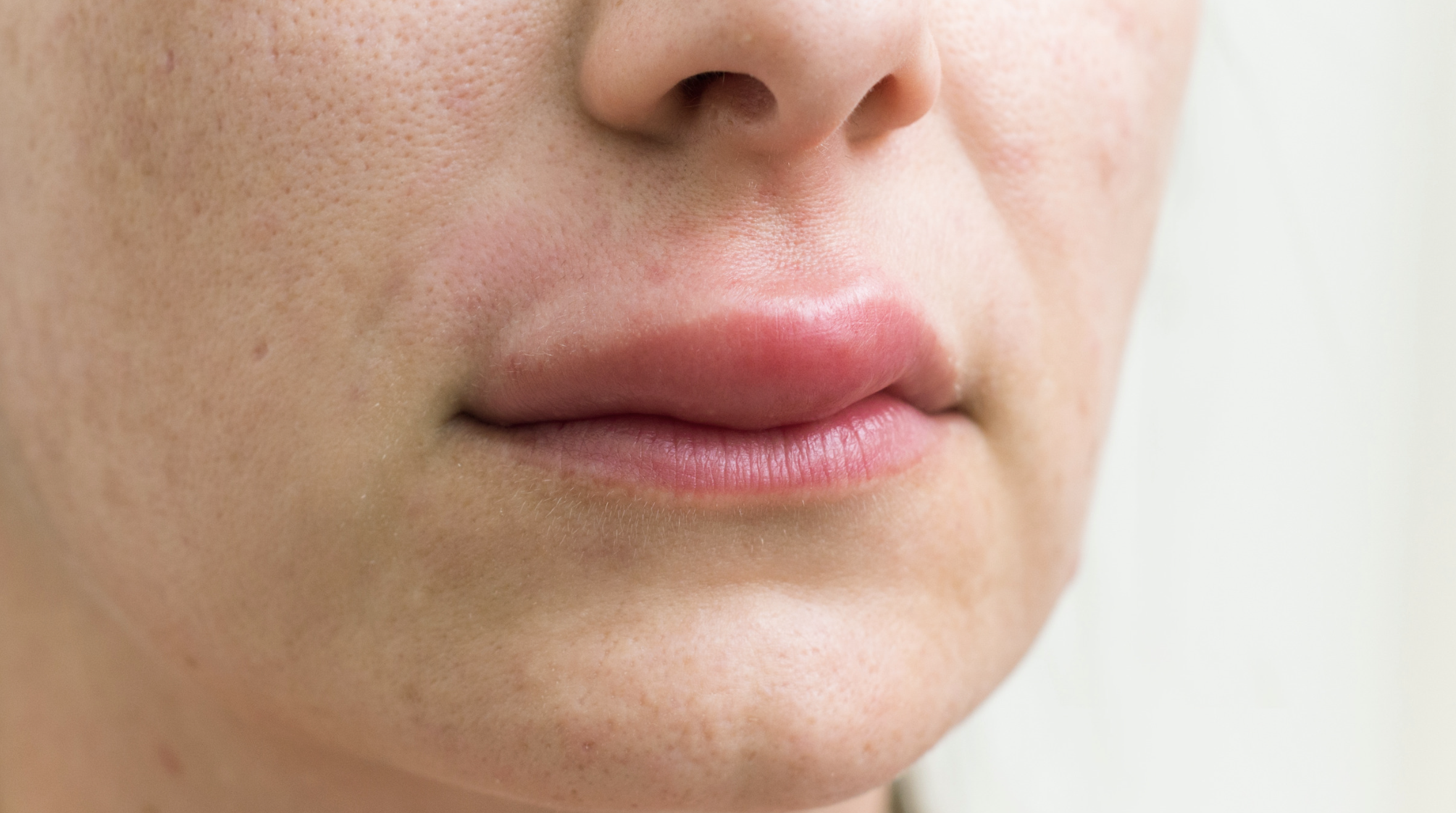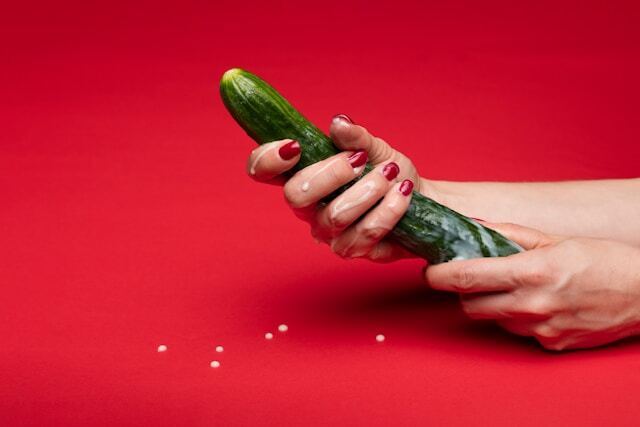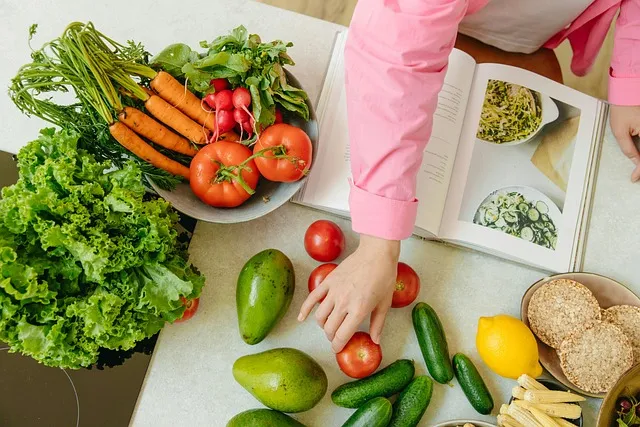Did you know that over 15 million Americans experience swallowing problems, known as dysphagia, every year? This condition can cause food to get stuck in the esophagus, leading to discomfort and, in severe cases, requiring medical attention.
Are you also feeling like food is stuck in your chest? Are you experiencing pain, panic, or difficulty swallowing, and looking for a solution to get rid of it? Do not worry, as there are some effective and simple ways. Though most cases are harmless and resolve themselves, understanding the right steps to consider can help with quick relief and prevent severe complications. Let's explore the blog and learn how to dislodge food stuck in the esophagus. Also, we will discuss the reasons behind such discomfort and when to seek medical attention!
How to Dislodge Food Stuck In the Esophagus: 9 Best Tips That Work
Take these measures to get rid of food stuck in the esophagus:
1. Try Coca-Cola Trick
Research shows that carbonated drinks like Coca-Cola help resolve 59% of the cases of food obstructions in your esophagus. This technique works as the carbon dioxide in carbonated drinks helps disintegrate the foods, or when the soda gets in the stomach, it releases gas and the resulting pressure helps the food go down the esophagus.
2. Use Apple Cider Vinegar
The acidity of the vinegar can break down the food, making it easier to swallow. Mix one tablespoon of apple cider vinegar with a glass of warm water and sip slowly. However, be cautious if you have acid reflux or a sensitive stomach, as the acidity might cause discomfort.
3. Drink Water
Drink water in big sips. As the food stuck in your stomach might be dry, adding moisture can help it slide down easily. Be careful to keep a full glass and take 3-4 big sips.
4. Eat Moist Food
It may sound counter-productive to swallow more food when there is already food stuck in your esophagus, but a moist piece of food can help push down the food stuck in the windpipe. Try bread dipped in milk and take a few bites of it. A banana also works as it is naturally a soft food.
5. Have Alka-Seltzer Tablets
Alka-Seltzer is an effervescent drug that may help dislodge the food by producing bubbles when mixed with water.
These bubbles aid in breaking down the food & create pressure that can push down the pieces of food into the stomach.
6. Use Butter
It works on the same logic as water and moist food, aiming to provide lubrication to the throat so that food can slide down easily. Swallowing a spoonful of butter can help hydrate the esophagus lining and help slide the food down.
7. Try Baking Soda Solution
Mix half a teaspoon of baking soda in warm water and slowly drink it, which can help dislodge the stuck foods in the same manner as Alka-Seltzer tablets.
8. Move or Walk Around
Gentle movement can also sometimes help move the foods down the esophagus.
So, do light walking or try to stand or raise both arms above your head.
9. Try Carbonated Beverages
Try carbonated drinks, such as soda or sparkling water, as the carbonation added to them can aid in breaking down the food or creating pressure to move it along.
But this should be attempted with caution and only if you can properly swallow liquids.
10. Have Small Sips of Olive Oil
The natural laxative effects of the olive oil can lubricate the digestive system, which helps soften the stools and make their passage easier.
Sip 1 or 2 teaspoons of olive oil to move them down more effortlessly.
What Not to Do?
Do not panic: Stress can cause the muscles in the esophagus to tighten, which makes the blockage worse. So, stay calm and take slow and deep breaths through the nose.
Avoid forcing vomiting: It may cause injury to the esophageal lining and push the food to the airways.
Do not use foreign things (such as fingers or pencils) to remove food: This can block the airway and cause suffocation or lead to scratches, bleeding, and tears in the esophageal lining.
Avoid eating dry or hard foods (such as chips) to push the food down: They can get stuck themselves or cause further blockage or irritation, making the situation worse.
Do not lie down immediately after eating: This may cause the stomach acid to flow back to the already irritated esophagus, which leads to increased pain, worsened acid reflux, and a high risk of aspiration.
What Happens if You Feel Choking and What to Do?
If you feel choking when food gets stuck in your esophagus, it means your airways are blocked, which prevents you from breathing properly. This needs a medical emergency, as it can be life-threatening.
So, call 911 or see a doctor immediately if you see the following symptoms of choking:
unable to talk
noisy breathing
making squeaky sounds when breathing
coughing forcefully or weakly
face turning red, and then pale or bluish
loss of consciousness
If you or someone around you experiences any of these symptoms, call 911 or go to the nearest hospital as soon as possible. Meanwhile, you can do these things:
Try to cough.
Bend forward, and ask another person to give around 5 back blows between your shoulder blades with their hand's heel. This can help remove the stuck food.
If this does not show any effect, give 5 abdominal thrusts (called Heimlich maneuver).
Alternate between 5 blows and 5 abdominal thrusts till the blockage is relieved.
If this also does not work, immediately call 911.
Heimlich Maneuver Method To Dislodge Food Stuck in the Esophagus
If the person is choking on food (food stuck in the throat), it is best to seek immediate emergency medical care or perform the Heimlich maneuver. According to MedlinePlus, the Heimlich maneuver is performed only if the person is choking. It should not be performed on children below the age of 1 year or pregnant women in the late stages of their pregnancy.
The steps to perform the Heimlich Maneuver are as follows:
Step 1: Stand behind the person who is choking with your hands around their waist
Step 2: Make a fist and place it above that person's navel and below their ribcage
Step 3: Using your other hand, hold your fisted hand.
Step 4: Now push your fist backward and upward under their ribcage. Repeat this motion 8-10 times quickly.
Step 5: Perform this until the food dislodges itself from the airways and the person can breathe properly again.
Step 6: Ensure follow-up medical care even after the choking has stopped.
What Happens If Food Remains Stuck in Your Throat?
If the food remains stuck in your throat, it can cause choking, difficulty swallowing, or coughing, which can lead to the following complications:
Aspiration pneumonia (a type of lung infection that can be life-threatening)
Damage to the esophagus, stomach, or throat
Malnutrition
Dehydration
Weight loss
So, seek medical attention immediately if stuck food is causing discomfort or pain. Healthcare professionals can help with endoscopy to remove food. They recommend seeking help within 6-12 hours to reduce the risk of damage.
When to See a Doctor?
If food gets stuck in your esophagus and you’re unable to dislodge it using simple home methods, it’s important to see a doctor. Signs that you need medical help include:
severe pain
trouble swallowing
difficulty breathing
feeling like the food is completely blocking your throat.
If these symptoms occur, don’t wait too long. A doctor can safely remove the blockage and check for any underlying issues that might have caused the problem. They can help with endoscopy to get rid of food stuck in the esophagus or diagnose underlying causes such as achalasia, eosinophilic esophagitis, or esophageal strictures.
Treatment Options for Food Impaction
The healthcare providers can help with the following treatment options:
Medications:
A doctor may give medications, such as glucagon, benzodiazepines, and butylscopolamine, that aid in relaxing the muscles in the esophagus.
This, in turn, helps move the food down into the stomach.
Medications are less effective for food impaction due to physical reasons, like a narrowed esophagus.
Endoscopy:
If medicines can't help, the professionals assist with endoscopy, which involves pushing food down the stomach or carefully pulling it out via the mouth with the help of endoscopic tools like forceps, snares, or nets.
This is a highly effective treatment option, particularly for persistent or complete food impaction, and should be done within 24 hours.
10% to 20% of cases related to food impaction may need endoscopy in the emergency room.
Surgery:
If endoscopy is not possible or unsuccessful, or the case of food impaction is severe, the healthcare providers recommend open surgery as a last option.
Why Does Food Get Stuck in the Esophagus?
Knowing the potential reasons for food getting stuck in your esophagus can help prevent the chances of its recurrence:
Improper Chewing of the Food: Can lead to large chewed bites that are harder to swallow.
Dry or Tough Foods: Dry ice, bread, or meat are hard foods that can become stuck if not moistened appropriately.
Eating Too Quickly: Eating the food too quickly without adequate saliva can cause the food to stick.
Esophageal Strictures (Narrowing): Conditions such as scarring, inflammation, or tumors can lead to the narrowing of the esophagus, which makes it difficult to swallow.
Esophageal Muscle Dysfunction: Issues such as achalasia or esophageal spasms can impact muscle movement, which prevents the smooth swallowing of food.
Gastroesophageal Reflux Disease (GERD): This chronic condition can cause damage to the esophageal muscles, raising the chances of food getting stuck.
Large or Sticky Foods: Poorly chewed meat, cheese, or peanut butter can be harder to pass, resulting in sticking to the esophagus.
Underlying Medical Conditions: Multiple sclerosis (MS), Parkinson's disease, or stroke can also impact swallowing ability.
Other Possible Causes:
The following issues can cause the feeling that something is stuck in the throat:
Allergies
Anxiety disorders
Autoimmune disorders, like lupus, eosinophilic esophagitis, and scleroderma
Connective tissue disorders
Neuromuscular disorders, such as esophageal motility or muscle contraction disorders
Phlegm
Postnasal drip
Viral infections
Globus sensation
If you are dealing with frequent sticking of the food, see a doctor to determine any severe issues.
Signs of Esophageal Food Impaction (food getting stuck in the esophagus)
These are the possible signs of food impaction in your esophagus:
Pain while swallowing
Squeezing sensation in the chest
Difficulty swallowing liquids
Feeling of choking
Regurgitation (food flowing back to the mouth)
Drooling
Chest pain, especially after eating
Hiccups
Respiratory symptoms like coughing, shortness of breath, or wheezing.
If you experience any signs, consult with the doctor immediately to rule out the potential causes and get proper treatment.
Who is at Risk of Food Impaction?
The following factors increase the risk of food impaction or food getting stuck in the esophagus:
Older adults: A study shows that older people, especially those over 70 years of age, are at a higher risk of food impaction because of the age-related changes in the throat, esophagus, and mouth.
Eosinophilic esophagitis (EoE): This condition causes the esophagus to become narrow, which is more likely to increase the risk of food impaction, especially in younger people.
Structural or functional abnormalities: Schatzki's ring and peptic strictures are conditions that impact the structure or function of the esophagus. These are considered the major risk factors.
Ill-fitting dentures: Not chewing food properly due to dentures can also lead to higher chances of food impaction.
Psychiatric or developmental-related conditions: Certain impulse control disorders, psychiatric disorders, and developmental delays are associated with increased risk of food impaction.
How to Prevent Food From Getting Stuck In Your Esophagus?
To prevent food from getting stuck in your esophagus, resulting in choking, you must keep the following in mind.
1. Eat Small Bites of Food
Taking large bites of food can increase the risk of choking. Ensure you cut your food into small bites before swallowing.
2. Chew Thoroughly
Take your time with the digestive process that starts in your mouth as the saliva is released and mixed with food. Ensure that you chew your food properly, so it slides down easily from the esophagus.
3. Don’t Drink Much Alcohol Before or During Meals
Consuming alcohol while eating may lead to choking as a person is intoxicated. You must avoid eating while intoxicated or have a sober friend supervise.
4. Don’t Talk While Eating
Talking while eating risks the opening of the epiglottis, a flap that covers your trachea while eating. This is a high-risk factor for choking, so ensure conversations happen after food is eaten.
5. Being Mindful of Time
The fast-paced lifestyle of many young individuals does not permit them to savor food; with on-the-go food becoming a trend, it is important to remember that you must eat properly and take your time. Make sure to sit down and eat a meal instead of rushing it.
Living with Esophageal Conditions
If you are living with chronic conditions that can increase the chances of food impaction, consider these lifestyle changes:
Make a Food Diary: Track down all the foods that cause food impaction and modify or avoid them.
Educate Family Members and Friends: Educate your family and friends about your condition and train them on tips to consider in case food becomes stuck.
Carry Identification: If you have been diagnosed with any kind of esophageal condition, make sure to carry the medical information with you in emergency cases.
Plan Ahead: When planning to dine out, choose only those foods that are safe for you. Also, do not hesitate to ask chefs for modifications to your diet.
Stay Informed: Take medical appointments timely and stay updated about the treatment options for your condition.
Final Takeaway
So, how to dislodge food stuck in the esophagus? As we learned in this article, by trying the Coca-Cola trick to using apple cider vinegar and Alka-Seltzer tablets and eating moist food and butter, you can safely and quickly get rid of stuck food. You can also perform the Heimlich maneuver immediately. However, the better idea is to seek medical assistance before it causes any complications.
DISCLAIMER: This article is intended for educational and informational purposes only. It doesn't comprise medical advice. Always consult a qualified medical professional before trying any remedies for esophageal conditions to avoid serious complications
Frequently Asked Questions
How long does it take for something stuck in the throat to go away?
It can subside in a few hours or may take several days. For some people, it may take weeks or months. The best advice is to visit a doctor for a proper examination and solution.
What should I avoid doing when food is stuck in the esophagus?
Avoid eating or drinking more, as this could worsen the situation. Instead, focus on how to dislodge food stuck in the esophagus safely.
What should I do first if food gets stuck in my esophagus?
Try drinking small sips of water to help move the food down.
Is it safe to eat bread or rice to push the food down?
No, it can worsen the blockage. Avoid eating solid foods.
Can Throwing up dislodge food stuck in esophagus?
Forcing vomiting can be dangerous and is not recommended; instead, seek medical attention if food is stuck in your esophagus.
How to get rid of the feeling of something stuck in your chest?
Practice deep breathing exercises, stay hydrated, and consult a healthcare professional if the sensation persists or is accompanied by other symptoms.
-User-1754377709.png)
Reviewed by






